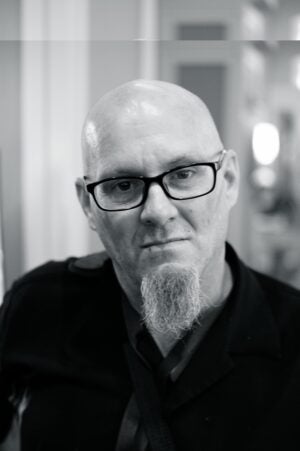Meet the ‘Knit Wits’
Published 4:35 pm Monday, December 3, 2018
By Myra Bean
No one could ever call the hands of the Prayer Shawl Ministry at First United Methodist Church idle.
As varied as the personalities of the ministry members are, so is the creative touch they put on each of their products.
Led by Edee Temple, the members meet on Monday afternoons to work on whatever project touches their hearts. The Prayer Shawl Ministry started in 2014. Just like many creative endeavors, it did not take long for the ministry to expand and include other mission-type products.
The prayer shawls are for the sick and shut-ins. No one knew exactly how long it takes to make a shawl, but it does take at least a few hours. Since their knitting, crocheting or tatting time is interrupted, it may even take months to complete one.
Since the ministry started, they have given out 41 prayer shawls.
They also said they solve the world’s problems as they fellowship and socialize. They laughingly call themselves the “Knit Wits.”
The ministry was started after Frances Amis wanted to learn how to knit. She asked someone to come to her house and she said anyone who wanted to learn to knit could come.
“I had someone there to teach us, but we only met one time. Then I saw Martha Hays’ prayer shawl and said we could do prayer shawls because now I can knit,” Amis said.
Nancy Thomson then gave a devotion at United Methodist Women (UMW) on the prayer shawl. Soon after, the members came together and the ministry was born.
Their knitting is based on Psalms 139:13-14: “You created every part of me, knitting me in my Mother’s womb, for such handiwork, I praise you. Awesome this great wonder!”
Temple, wife of pastor Ed Temple, said she did not know how to knit when she joined the group and learned from Nancy Bridges. Other members who were important to the success of the ministry include Gayle Wadsworth, Jennifer Nash and Judy Savage.
As many women have gone from traditional homemaker roles, the number of people who knit has dwindled but it is still an enviable and marketable skill.
“Many people just do not have time to sit down and knit while trying to get the family going to ball practice and eating,” Temple said.
For those who do have the time but lack the know-how, these members will teach knitting and crocheting skills, according to Temple. “It’s a relaxing thing,” Temple said, noting that professionals say knitting has social and health benefits,too.
The group makes and stores shawls and blankets in order to have some on hand. Each prayer shawl and baby baptismal blanket comes with a card.
The blankets have a card that reads: “In the early church, new clothing in the form of a new white robe was presented to the newly baptized as a symbol that they had put on Christ and were clothed in his righteousness. We present this blanket, knitted in love and prayed over, to remind you and your child of the new life that is given in Jesus Christ. It is not meant to be stored away, but to be used as a daily reminder of God’s love and our congregation’s care of your child. Receive this blanket in the name of Christ.”
The members have given out 29 baptismal blankets.
Other members of the group are Louise Powers, who recently crocheted booties that will be sent to Kenya. They also make scarves, hats and personal hygiene products for the Kenyan mission. During the same meeting, Thomason was working on a prayer shawl.
Mitzi Still was making a hat which will also go to Kenya and to the UMW children’s home in Clinton. Amis was making a baby baptismal blanket. Those blankets are always white and they add a pink or blue ribbon depending on the gender of the child.
Temple was working on a prayer shawl which was different than others as it was in two colors with a white bottom and green top.
Marilyn Bonnette and her daughter, Carol Griffin, are also part of the ministry. They moved to Panola County and joined the church about three years ago.
Griffin was tatting a prayer shawl. Her grandmother, Bonnette’s mother, had taught her how to tat. Tatting makes the shawl look like lace, but it takes a lot longer than knitting or crocheting, according to Griffin.
In the future, the members want to keep adding to the ministry and growing.
“We want to be of service any way we can,” Temple said.





